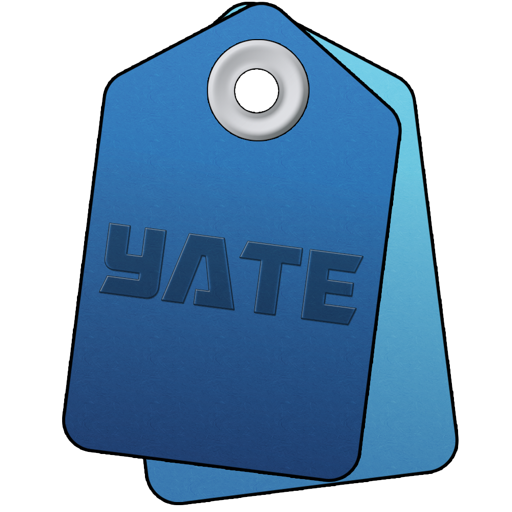

Note that in addition to the standard metacharacters described in the table, Yate supports \V# and \<named variable> sequences via a prescan to insert the contents of a Variable or named variable. The inserted contents can be treated as literal characters or can be escaped to ensure that they do not interfere with any of the standard sequences.
| Character | Description |
|---|---|
| \a | Match a BELL, \u0007 |
| \A | Match at the beginning of the input. Differs from ^ in that \A will not match after a new line within the input. |
| \b | Match if the current position is a word boundary. Boundaries occur at the transitions between word (\w) and non-word (\W) characters, with combining marks ignored. |
| \B | Match if the current position is not a word boundary. |
| \cX | Match a control-X character. |
| \d | Match any character with the Unicode General Category of Nd (Number, Decimal Digit.) |
| \D | Match any character that is not a decimal digit. |
| \e | Match an ESCAPE, \u001B. |
| \E | Terminates a \Q ... \E quoted sequence. |
| \f | Match a FORM FEED, \u000C. |
| \G | Match if the current position is at the end of the previous match. |
| \n | Match a LINE FEED, \u000A. |
| \N{UNICODE CHARACTER NAME} | Match the named character. |
| \p{UNICODE PROPERTY NAME} | Match any character with the specified Unicode Property. |
| \P{UNICODE PROPERTY NAME} | Match any character not having the specified Unicode Property. |
| \Q | Quotes all following characters until \E. |
| \r | Match a CARRIAGE RETURN, \u000D. |
| \s | Match a white space character. White space is defined as [\t\n\f\r\p{Z}]. |
| \S | Match a non-white space character. |
| \t | Match a HORIZONTAL TABULATION, \u0009. |
| \uhhhh | Match the character with the hex value hhhh. |
| \Uhhhhhhhh | Match the character with the hex value hhhhhhhh. Exactly eight hex digits must be provided, even though the largest Unicode code point is \U0010ffff. |
| \w | Match a word character. Word characters are [\p{Alphabetic}\p{Mark}\p{Decimal_Number}\p{Connector_Punctuation}\u200c\u200d]. |
| \W | Match a non-word character. |
| \x{hhhh} | Match the character with hex value hhhh. From one to six hex digits may be supplied. |
| \xhh | Match the character with two digit hex value hh |
| \X | Match a Grapheme Cluster. |
| \Z | Match if the current position is at the end of input, but before the final line terminator, if one exists. |
| \z | Match if the current position is at the end of input. |
| \n | Back Reference. Match whatever the nth capturing group matched. n must be a number ≥ 1 and ≤ total number of capture groups in the pattern. |
| \0ooo | Match an Octal character. 'ooo' is from one to three octal digits. 0377 is the largest allowed Octal character. The leading zero is required; it distinguishes Octal constants from back references. |
| [pattern] | Match any one character from the pattern. The pattern can contain ranges. [a-zA-Z0-9] implies all letters and digits. |
| [^pattern] | Match any one character not in the pattern. The pattern can contain ranges. [^a-zA-Z0-9] implies any character except letters and digits. |
| . | Match any character. |
| ^ | Match at the beginning of a line. |
| $ | Match at the end of a line. |
| \ | Quotes the following character. Characters that must be quoted to be treated as literals are: * ? + [ ( ) { } ^ $ | \ . |
Regular Expression Replace Template Format